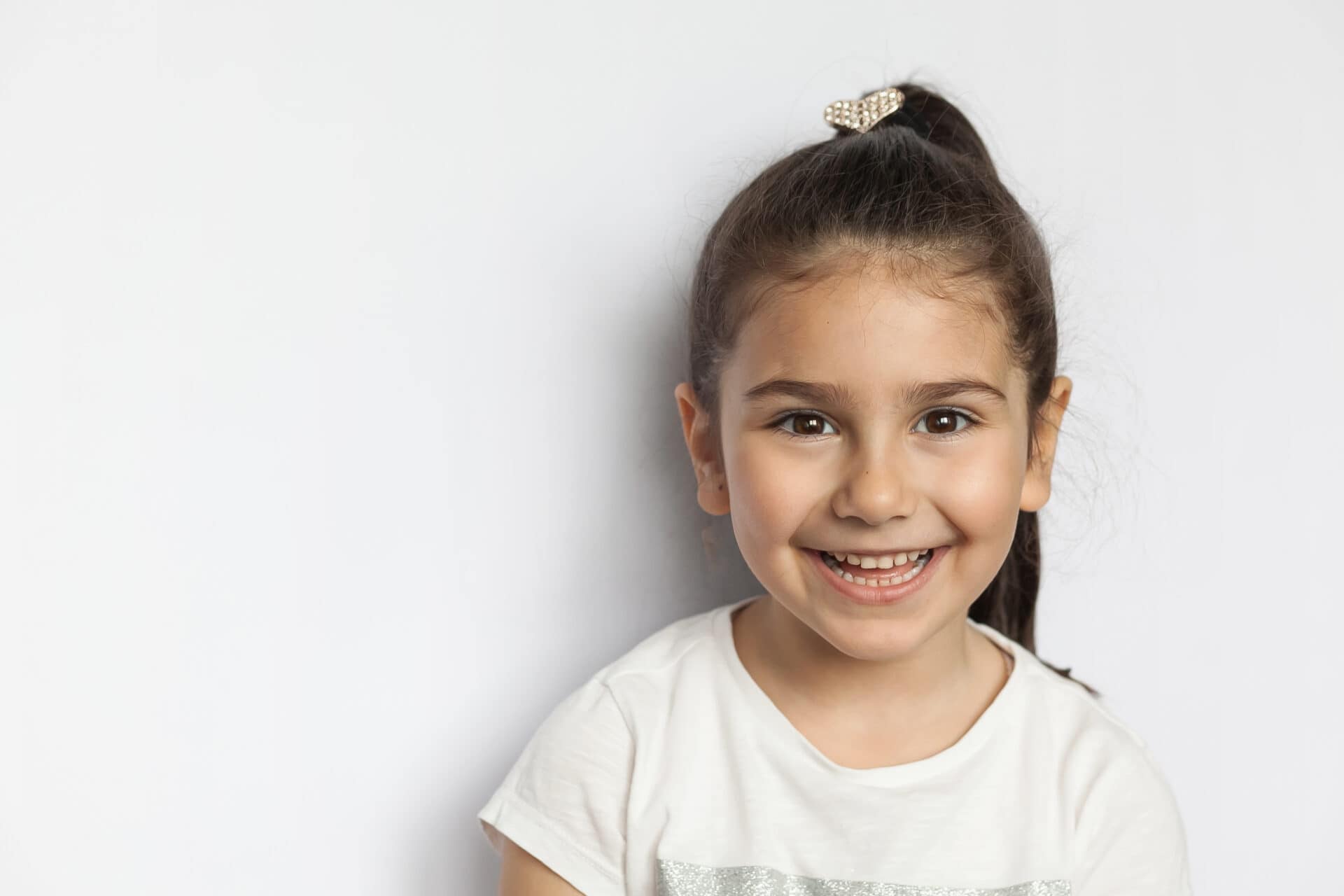Orthodontics for Children
Orthodontics for children is more common than you think. Learn about why children receive orthodontic treatment and how we can help at Castle Pines Orthodontics.

All Kids Should Get an Orthodontic Check-Up By Age 7
Your child needs teeth and jaws that are properly aligned to have a smile that’s long-lasting and healthy – in other words, a healthy bite. The American Association of Orthodontists recommends that your child get an orthodontic check-up by no later than age seven years old.
By then, your child’s teeth have developed enough for subtle problems with jaw growth and emerging teeth to still be spotted while some baby teeth are still present. This check-up may reveal that your child’s bite is fine and braces for kids aren’t necessary.
Or, Dr. Dunbar may identify a developing problem but recommend monitoring your child’s growth and development, and then, if indicated, begin treatment at the appropriate time for your child. In other cases, Dr. Dunbar might find a problem that can benefit from early treatment.
What Is Early Treatment?
Orthodontics for children may prevent or intercept more serious problems from developing and may make treatment at a later age shorter and less complicated.
In some cases, Dr. Dunbar will be able to achieve results that may not be possible once the face and jaws have finished growing.

Choosing the Best Time for Treatment
While the age that kids get braces may vary, orthodontic treatment most often begins between the ages of 9 and 14. Some orthodontic problems are easier to correct if they are treated early.
If Dr. Dunbar thinks your child will need treatment, they will let you know when it will be best to begin treatment. This gives your orthodontist the best chance to:
- Guide jaw growth
- Lower the risk of trauma to protruded front teeth
- Correct harmful oral habits
- Improve appearance and self-esteem in your child
- Guide permanent teeth into a more favorable position
- Create a more pleasing arrangement of teeth, lips and face
Signs the Bite’s Not Right
It’s not always easy to tell when your child may need braces or has an orthodontic problem. Even teeth that look straight may be hiding a problematic bite. Here are some clues that may indicate the need for orthodontic attention:
- Early or late loss of baby teeth
- Difficulty chewing or biting
- Breathing through the mouth
- Thumb-sucking
- Crowded, misplaced or blocked-out teeth
- Jaws that are too far forward or back
- Biting the cheek or biting into the roof of the mouth
- Protruding teeth
- Upper and lower teeth that don’t meet, or meet in an abnormal way
- An unbalanced facial appearance
- Grinding or clenching of the teeth

Learn More at Your Free Consultation
If your child has a dental issue, please contact us by setting up a free consultation.
We’d love to discuss your child’s orthodontic options and develop a treatment plan customized to your child’s needs and desires.
